Eco-Friendly Garden Planning
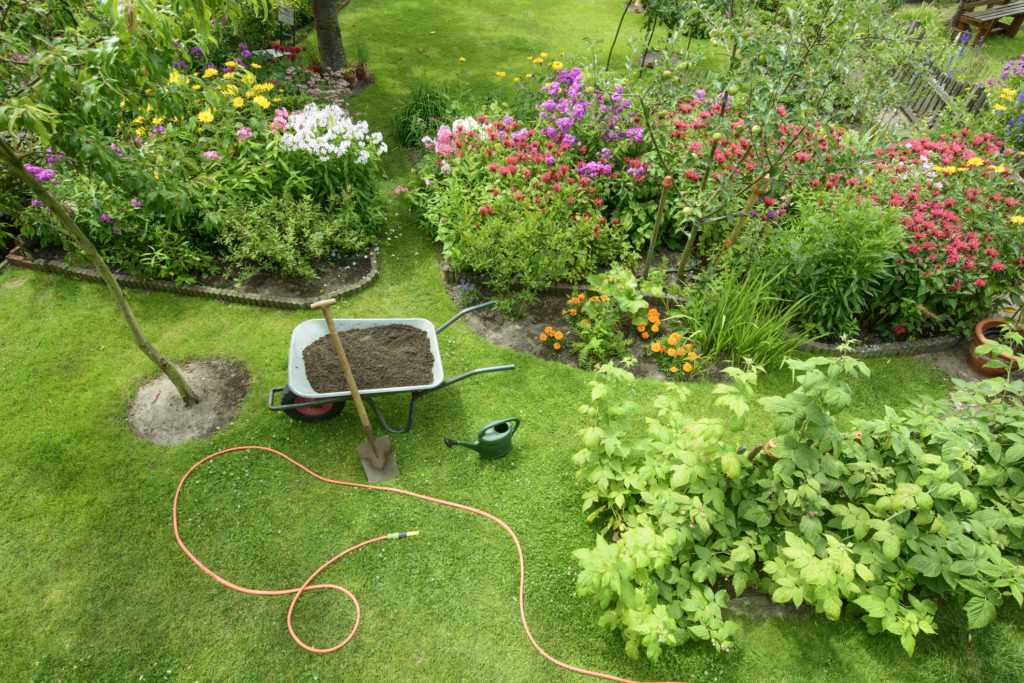
The snow is melting, the birds are chirping, and the sun’s staying out a little bit longer. It’s time to start thinking about garden plans! Whether you’re a floral fanatic, a backyard farmer, or a little bit of both, early spring is an exciting time of year. Deciding what to do with your plot of soil is fun, but can also be a bit tricky: There are so many different plants, trees, and shrubs to choose from. Did you know that gardening can also be a great way to help regenerate soil, promote wildlife, and capture carbon? We’ve compiled a guide of easy things you can do to make your backyard into a beautiful, bountiful, eco-friendly garden!
Go Organic
Organic growing practices are the baseline for an eco-friendly garden: no synthetic fertilizers, no GMO seeds and plants, and no pesticides. Here’s how you can start — or continue — your greener garden.
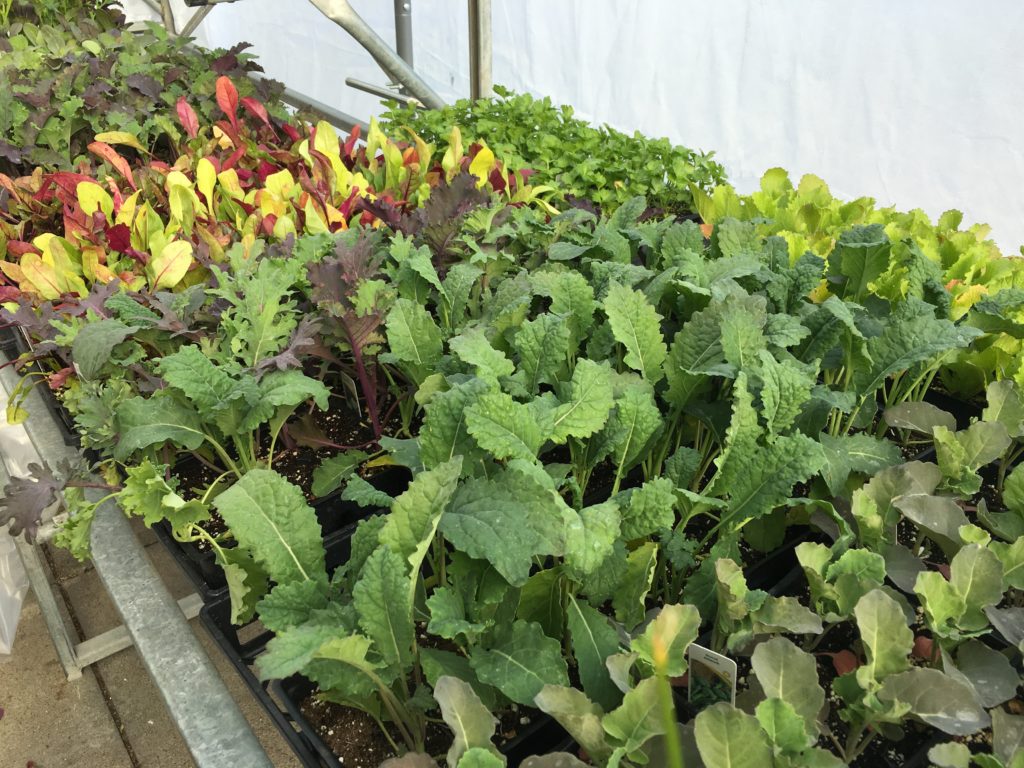
- Look for seed packets and starters that are from organic or heirloom stock. Familiarize yourself with the USDA organic and non-GMO certification labels. These should be easy to spot on the packaging.
- Biodiversity is important for many reasons. You can promote biodiversity by turning your garden into a preserve for native and heirloom plants.
- Heirloom plants are bred to thrive in certain conditions. Look for varieties that are adapted to your plant hardiness zone and soil conditions.
- Choose native flowers. They’ll be easier to grow than imported ones, requiring less care and resources to keep them happy.
- Biodiversity is important for many reasons. You can promote biodiversity by turning your garden into a preserve for native and heirloom plants.
- Use organic compost and amendments for enhancing soil quality. Avoid anything with high levels of nitrates, which leach into our waterways, killing aquatic wildlife and contaminating drinking water.
- Skip spraying for bugs. You may lose some plants to pests, but pesticides kill important pollinators like bees and vital microorganisms in soil. Their use is linked to the development of certain types of cancer as well. If the infestation gets particularly severe, there are natural remedies to combat pest infestation, but application method is crucial.
- Soap spray can help control mites, aphids, whiteflies, and beetles. To create your own soap spray, mix 1-2 teaspoons of castile soap with 1 quart of water. Spray directly onto affected plants in the early morning or evening. Note: Do NOT use antibacterial soaps, and don’t spray during the time pollinators are foraging. They’re usually out during the warmest parts of the day, so try to spray in the early morning or late evening hours. Dry soap spray is not toxic to pollinators, but accidentally spraying them directly can be harmful.
- Diatomaceous earth is plant- and kid-friendly and helps prevent pests in your garden. Sprinkle on the soil around your plants. Skip applying directly to the leaves of affected plants in order to protect bees and other pollinators.
Build Soil Health
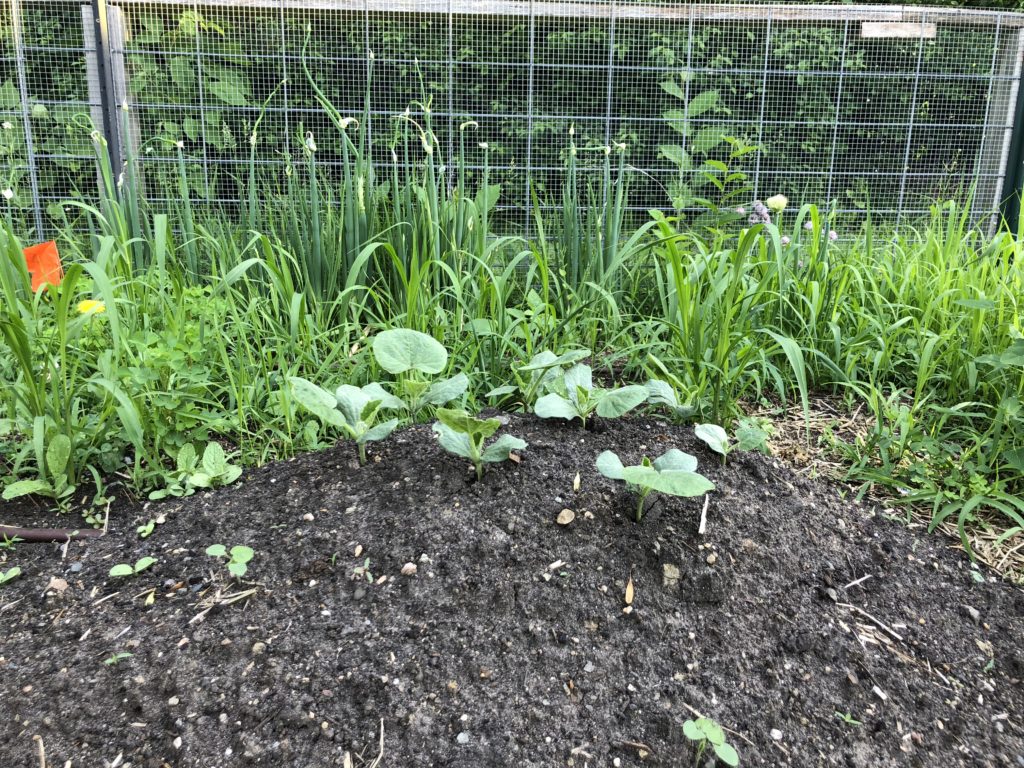
Healthy soil holds more water, supports necessary microorganisms, promotes root growth, prevents erosion, and grows healthier plants. Poor soil needs more amendments, watering, care, and ultimately will turn to dirt and sand if left untreated. If you put in the time to build healthy soil in your eco-friendly garden, it begins to regenerate itself. This leads to less stress and work in the long run. You’re also contributing to a legacy of healthy, thriving land for future generations to enjoy.
Plant Perennials for the Win

When possible, plant perennials over annuals. Annuals soak up all the water and minerals in their vicinity, then return the favor by dying at the end of the season! When they die, all the carbon they’ve sequestered in their roots is released back into the atmosphere. Look for attractive or delicious perennials to plant instead. Perennials are an eco-friendly garden’s best friends, returning year after year, reducing the need to constantly replant and upset precious topsoil. Their penetrating root systems return carbon and nutrients deeper into the soil. Since they plan on being around for a while, perennials have evolved to become excellent at giving back to the soil.
- Berries, fruit trees, rhubarb, asparagus, sunchokes, radicchio and some varieties of herbs can be grown perennially.
- For Minnesota flower gardens, try asters, chrysanthemums, peonies, hostas, and day lilies. Plant perennials that bloom at different times throughout the season. This way, you’ll have beautiful blooms and pollinators will have a food source all season long.
- Early-to-mid season blooming perennials to try:
- Golden Alexander
- Early Meadow Rue
- Prairie Smoke
- Wood Phlox
- False Indigo
- Partridge Pea
- Mid-to-late season blooming perennials to try:
- Milkweed
- Coneflower
- Black Eyed Susan
- Asters
- Bee Balm
- Early-to-mid season blooming perennials to try:
Pick a Better Annual
Even an eco-friendly garden needs a few annuals. In Minnesota, where the extreme cold kills all but the hardiest plants, most gardens would be pretty sparse without them. Here are a few annuals that are better choices for building soil health and providing food for pollinators.
- Beans are good eco-friendly annuals because they promote mycorrhizal fungi growth. This fungi extends beyond the roots of the plant, furthering the penetration of water and minerals into the soil.
- Carrots’ large taproots help aerate soil when they’re picked, delivering oxygen to the microorganisms in your soil.
- Kale will continue to grow into early winter, sequestering carbon for much longer than other annuals. When properly harvested, one kale plant can yield a good amount of food every week for months before dying.
- Some annuals that provide food for many different kinds of pollinators include: zinnias, lantana, alyssum, cosmos, bachelor buttons, cleome, heliotrope, nicotiana, and pentas.
No-Till is the Way to Go
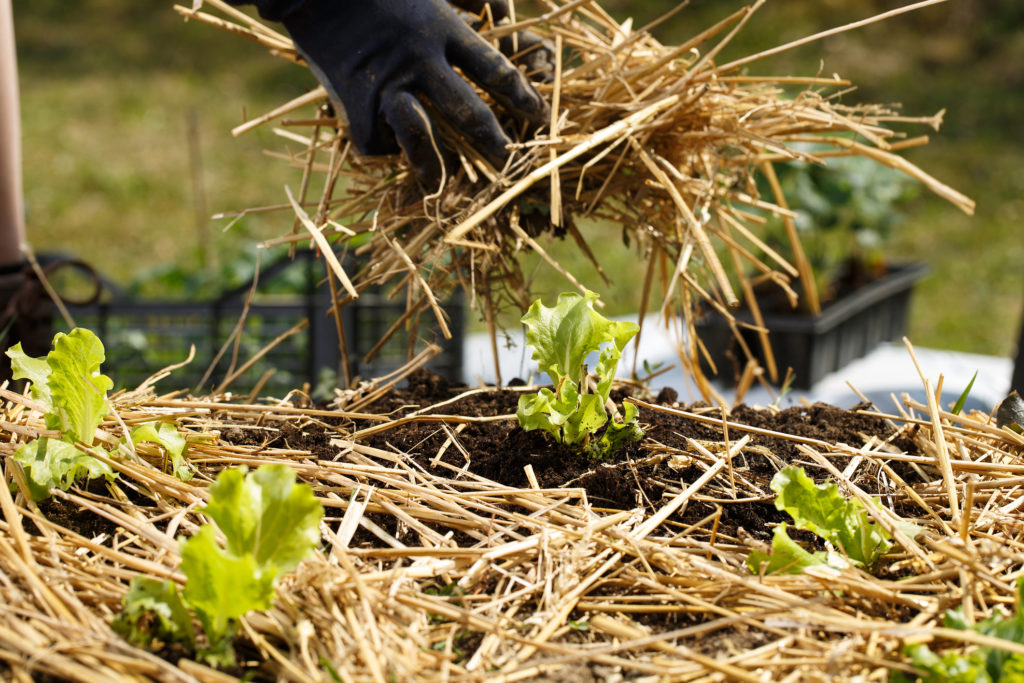
Avoid unnecessary tilling and soil disturbance. Tilling is often used to turn up healthy soil from beneath the dead soil left over after the growing season has ended, or to restore aeration to soil that is compacted from heavy foot traffic. But the microorganisms that a good gardener spends time developing can be killed in just a few minutes of tilling. There are a few ways you can help prevent the need for tilling:
- Use stepping stones and pathways in your garden so you don’t have to step on soil. This reduces compaction, eliminating the need for tillage.
- Grow crops closer together. Plants grouped together are easier to harvest without compacting the soil around them.
- With fewer spaces between plants, there’s less room for weeds to take hold — added bonus!
- Cover topsoil around your garden with wood chips, pulverized leaves, or hay. The added layer helps soil retain moisture in the intense July sun. This also helps keep soil moist, reducing erosion and degradation. Next season, you’ll still have healthy, thriving topsoil without needing to till or turn.
Promote important wildlife
Bees are necessary pollinators for countless species of plant, but the overuse of pesticides, agricultural mono-culture, and destruction of habitat are killing them off at alarming rates. Birds are similarly affected by the loss of plant diversity and green spaces. In addition to their beautiful songs, birds are excellent pest-managers when they’re allowed to thrive. Plant a garden that will attract birds and bees for everyone’s benefit.
- Calico aster, wild lupine, wild geranium, thyme, and oregano are excellent choices for bringing bees to your eco-friendly garden.
- Preserve trees and tree cover in your yard where possible. Lawns deprive birds and insects of places to nest and seek protection.
- Put up a couple of feeders with wild birdseed mixes. Try to attract different kinds of birds with each feeder because it will boost the diversity of your population.
- Prairie grassland is a natural habitat for both birds and bees. If you’ve got a patch on your property, skip the mowing and let some or all of it grow naturally.
- Leave those dandelions alone, especially early in the season. Bees depend on early-blooming plants like dandelions and willows as a source of food in early spring.
Eat your own food, and compost your own waste
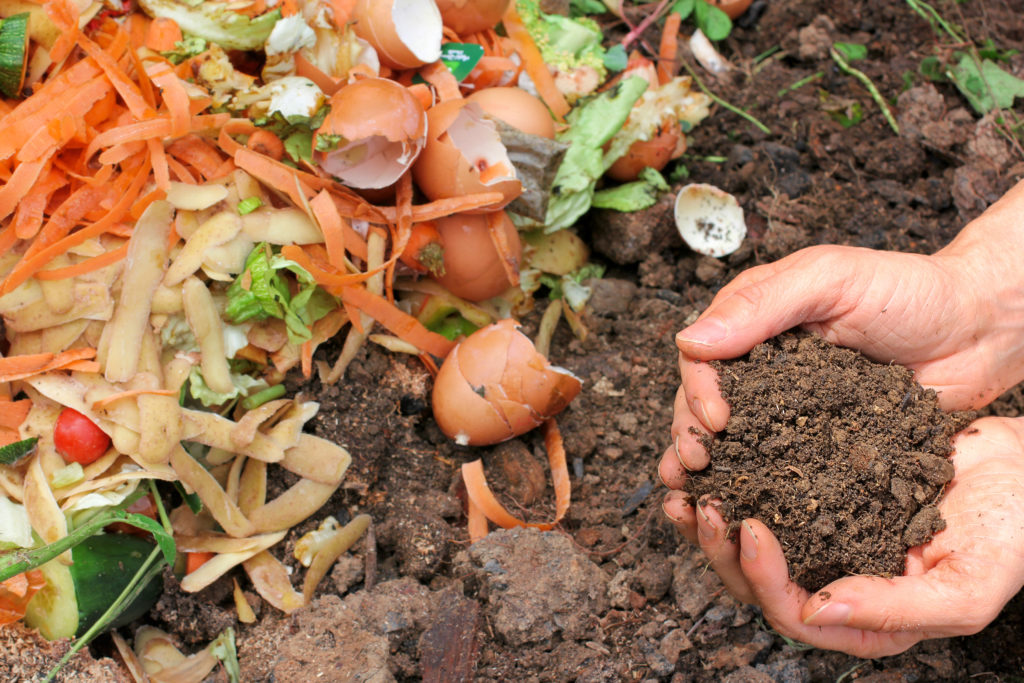
It goes without saying that when you grow and harvest something yourself, you’re eliminating food miles.
- Transportation is the leading contributor to CO2 emissions, so eating from your own backyard can have a significant impact.
- Similarly, composting in your backyard reduces the need for waste to be transported. Compost sequesters carbon extremely well, so in addition to reducing food waste, you’re helping capture some of the CO2 in our air.
No matter the size of your eco-friendly garden, there are a number of small things you can do to help sequester carbon, promote biodiversity, and restore soil quality. In her book Growing Good Food: A Citizen’s Guide to Backyard Carbon Farming, Acadia Tucker cites the ‘victory gardeners’ of the World War 2 era, who alleviated food shortages by returning to sustenance farming in their spare time. This allowed for greater allotments of food to be sent to the troops overseas.
Tucker believes that now is a perfect time to return to that practice, but with a mind to fight climate change. Consider your eco-friendly garden as your own version of a victory garden. As spring kicks off and you set goals for the planting season, here’s to your eco-friendly gardening success!
Looking for more gardening tips? See details about when to plant seeds indoors and learn more about building healthy soil in your backyard.
